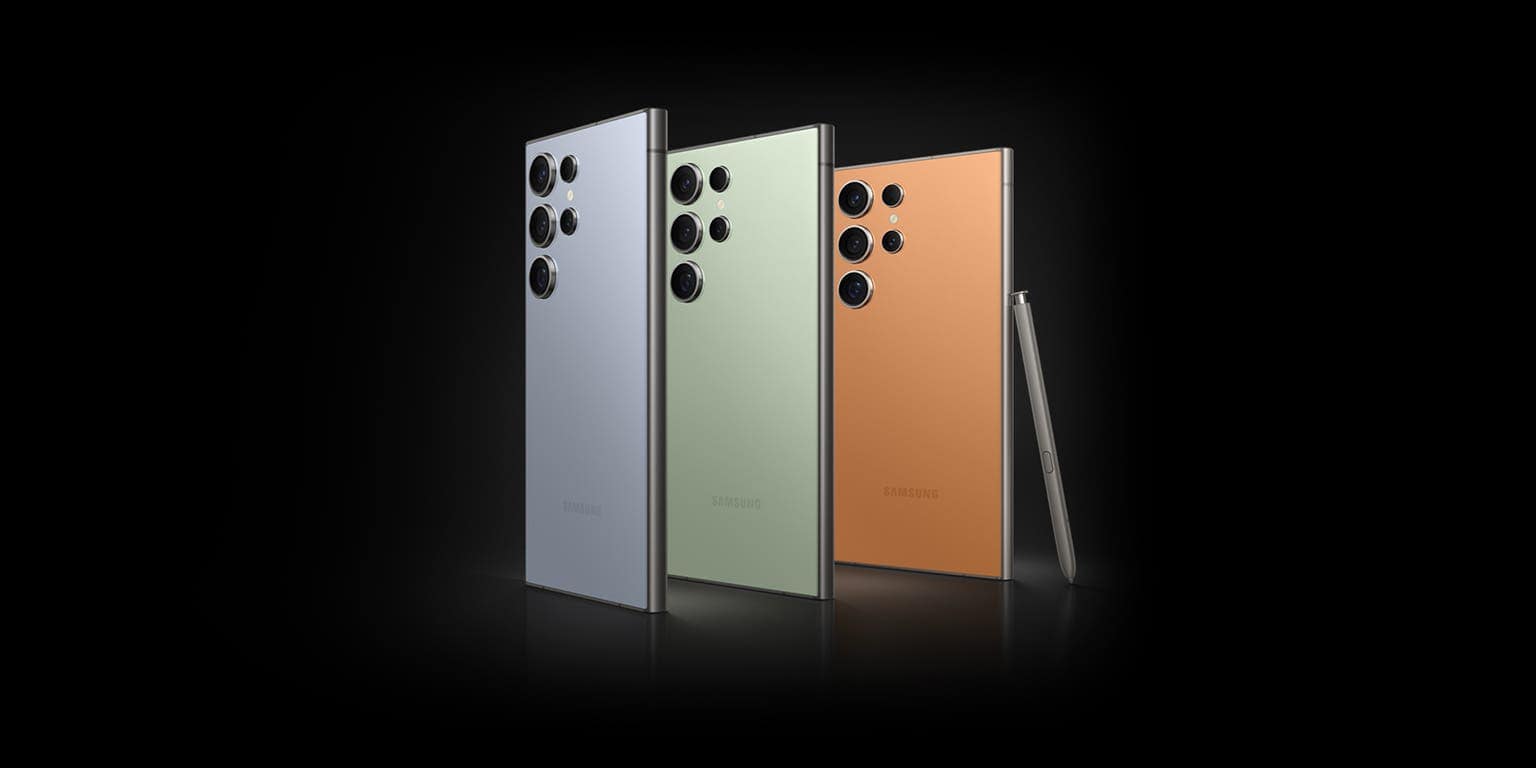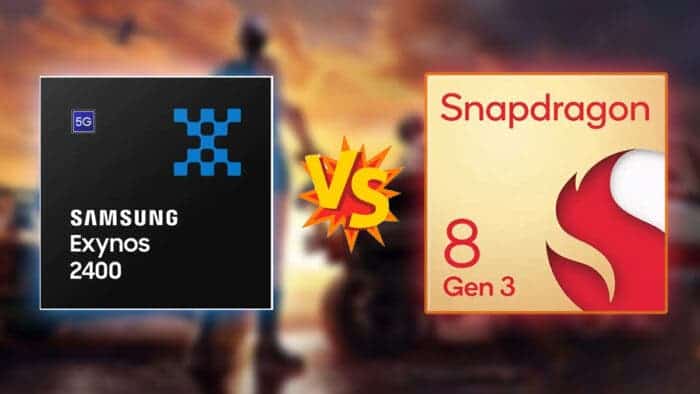Samsung has reintroduced its in-house Exynos chipset to the flagship Galaxy lineup, expanding its availability beyond the US market. The Exynos 2400, previewed late last year, will power the S24 and S24+ in various countries. Excluding the US, China, Japan, and Canada, where the Snapdragon 8 Gen 3 chipset will be utilized. The S24 Ultra, however, will uniformly employ the Snapdragon 8 Gen 3 chipset across all regions. Maintaining continuity with the previous year’s model.
The decision to rely on Qualcomm’s technology for the S24 Ultra in key markets is unsurprising. Given the longstanding preference among users for Galaxy devices equipped with Snapdragon processors. Despite this, Samsung is re-embracing its Exynos technology for the S24 and S24+ in markets beyond the aforementioned countries.

Gizchina News of the week
Qualcomm Snapdragon 8 Gen 3 vs Samsung Exynos 2400
| Snapdragon 8 Gen 3 | Exynos 2400 |
|---|---|
| Based on TSMC 4nm N4P | Based on the 4nm Samsung LPP+ process technology |
| 1 x Kryo Prime CPU (Arm Cortex-X4 based) at up to 3.3GHz, 5 x Kryo Performance CPUs (3 x Arm Cortex-A720 at up to 3.2GHz and 3 x Arm Cortex-A720 based at up to 3GHz), 2x Kryo Efficiency CPUs (Arm Cortex-A520 based) at up to 2.3GHz, ARMv9 architecture | Deca-Core CPU with 1 x ARM Cortex-X4 CPU for ultimate processing power at 3.2 GHz, 2 x ARM A720 CPUs at 2.9 GHz and 3 x ARM A720 CPUs at 2.6 GHz for optimal performance and 4x 2.2GHz ARM A520 CPUs at 2 GHz optimized for efficiency |
| Qualcomm Adreno next-gen GPU, Vulkan 1.3 API support, HDR gaming (10-bit color depth, Rec. 2020 color gamut), API Support: OpenGL ES 3.2, OpenCL 2.0 FP, Vulkan 1.3, Real-time Hardware-Accelerated Ray Tracing with Global Illumination, Support for Unreal Engine 5 Lumen Global Illumination and Reflections System, Snapdragon Game Super Resolution, Adreno Frame Motion Engine 2.0, Snapdragon Game Post Processing Accelerator | Samsung Xclipse 940 GPU, AMD RDNA 3 architecture, hardware accelerated ray tracing (RT) and variable rate shading (VRS) |
| 5G speeds of up to 10Gpbs down, 5G mmWave and sub-6 GHz, standalone (SA) and non-standalone (NSA) modes, mmWave: 1000 MHz bandwidth, 8 carriers, 2×2 MIMO, Sub-6 GHz: 300 MHz bandwidth, 4×4 MIMO | 5G NR Sub-6GHz 9.64 Gbps (DL) / 2.55 Gbps (UL), 5G NR mmWave 12.1 Gbps (DL) / 3.67 Gbps (UL), LTE Cat.24 8CA 3Gbps (DL) / Cat.22 4CA 422Mbps (UL) |
Beyond the chipset variation, the core functionality of both versions should remain consistent. As we anticipate the hands-on experience with both the Snapdragon 8 Gen 3-powered Galaxy S24 Ultra and the Exynos 2400-powered S24, a comparative analysis of performance metrics will be intriguing. Samsung‘s strategic allocation of chipsets reflects a nuanced approach to cater to user preferences and optimize device performance across diverse global markets.





